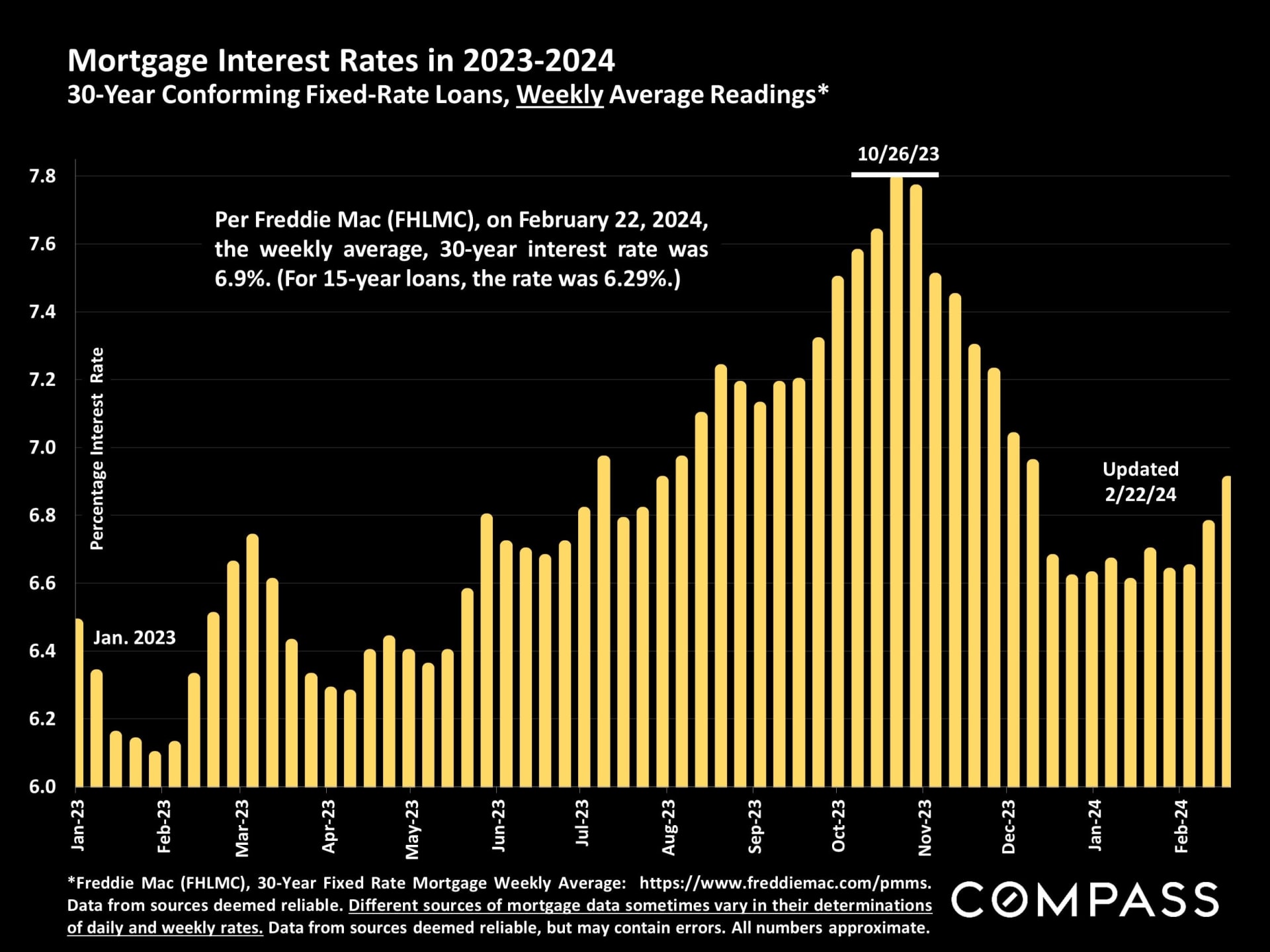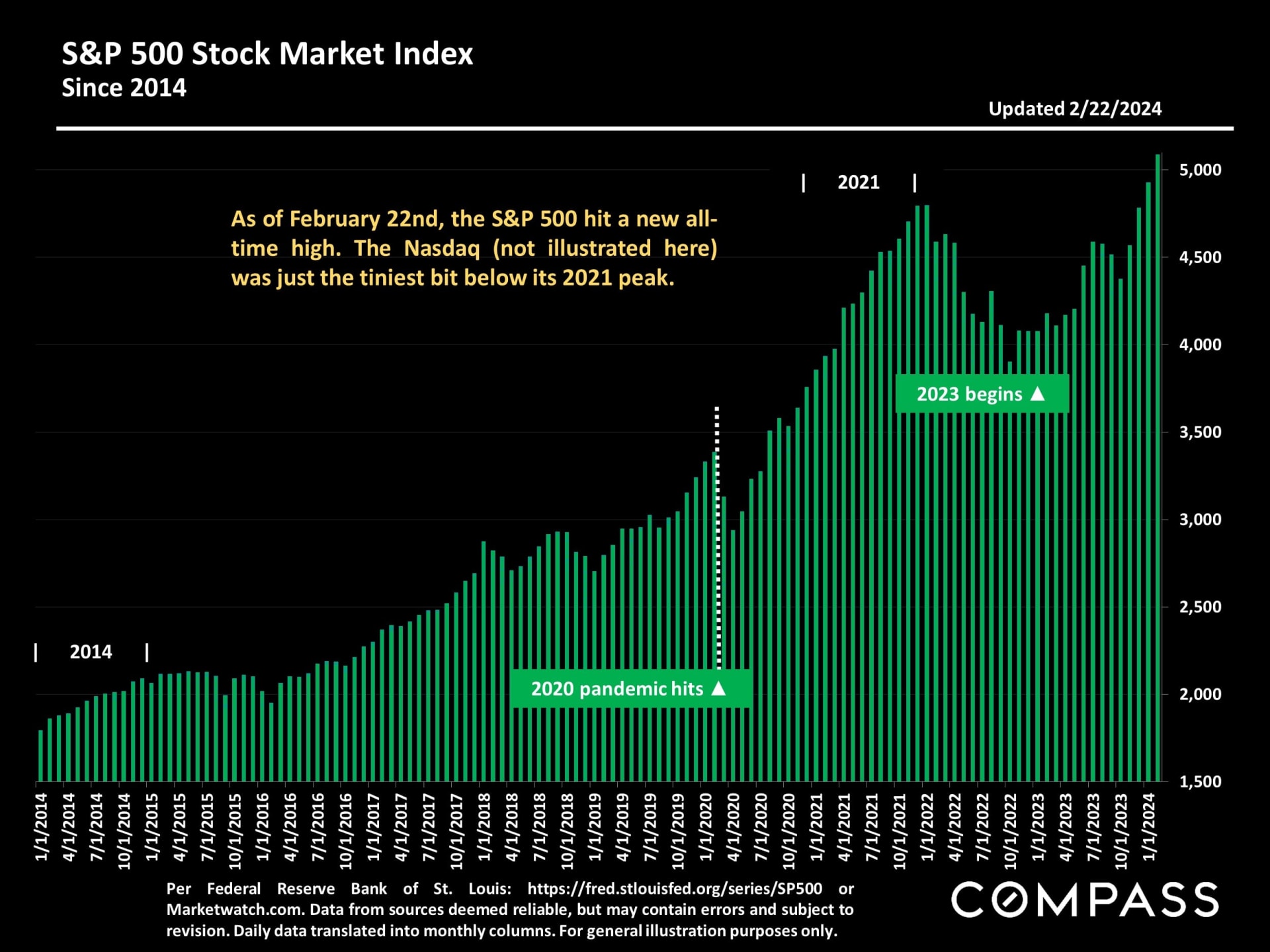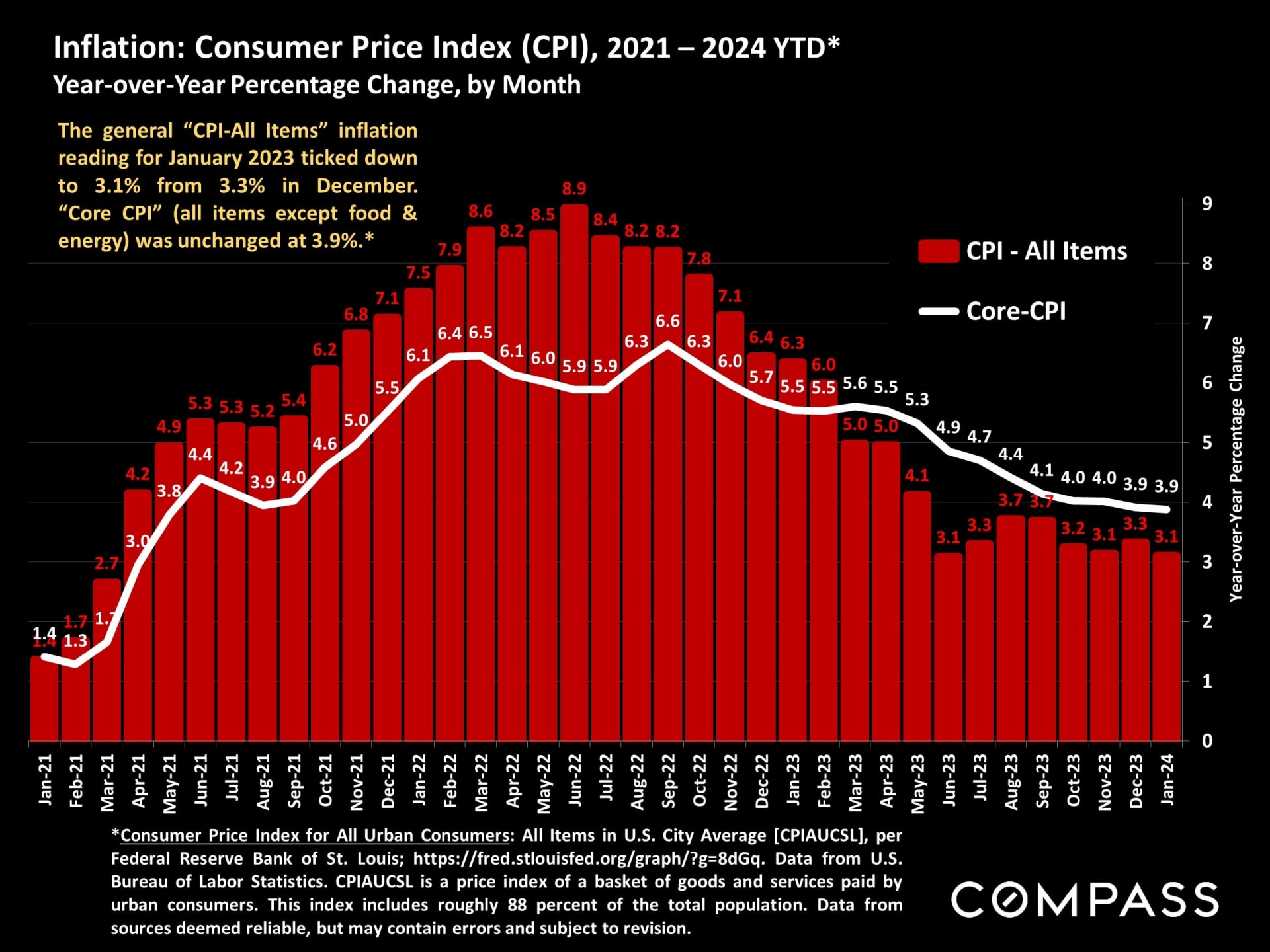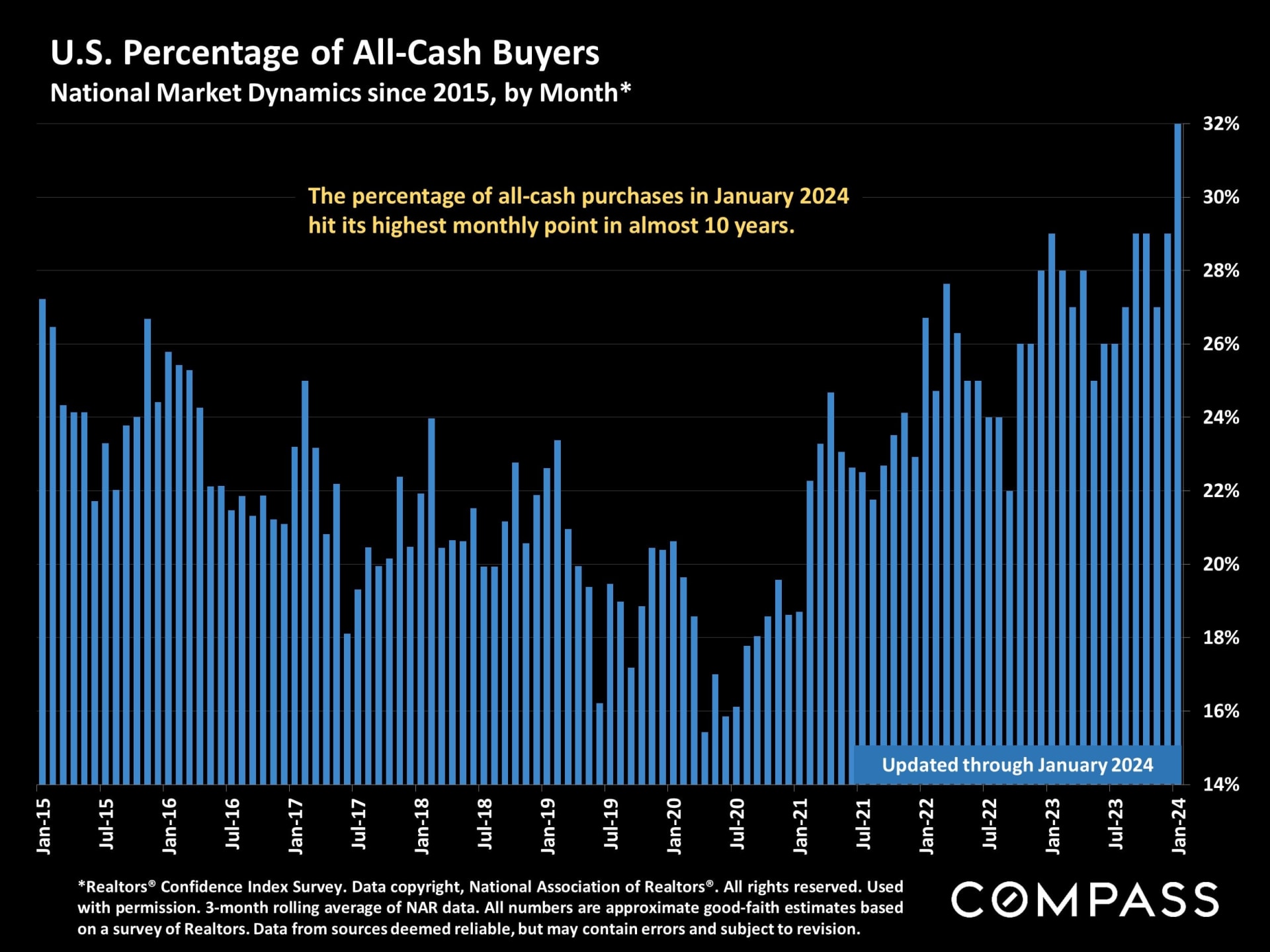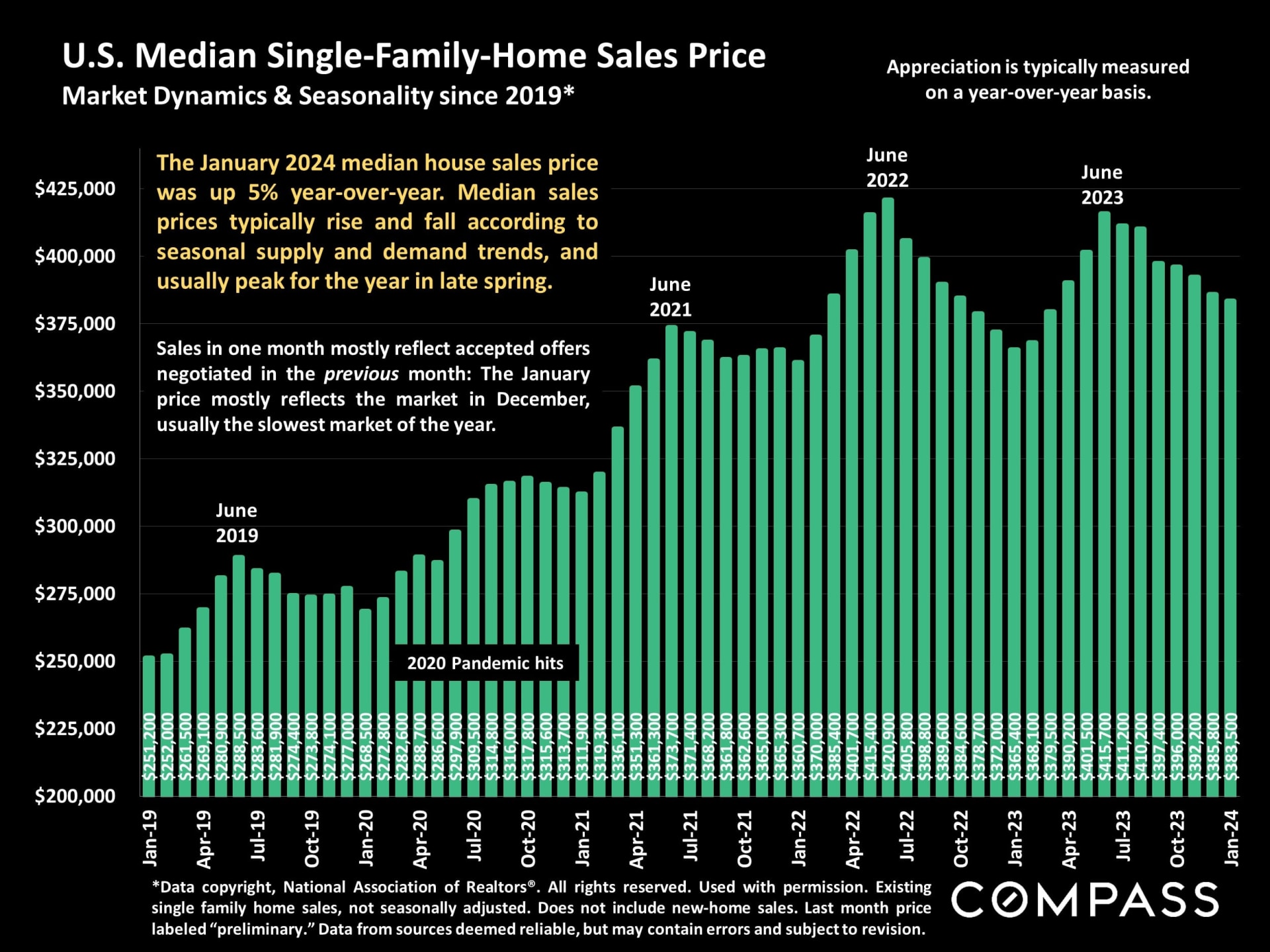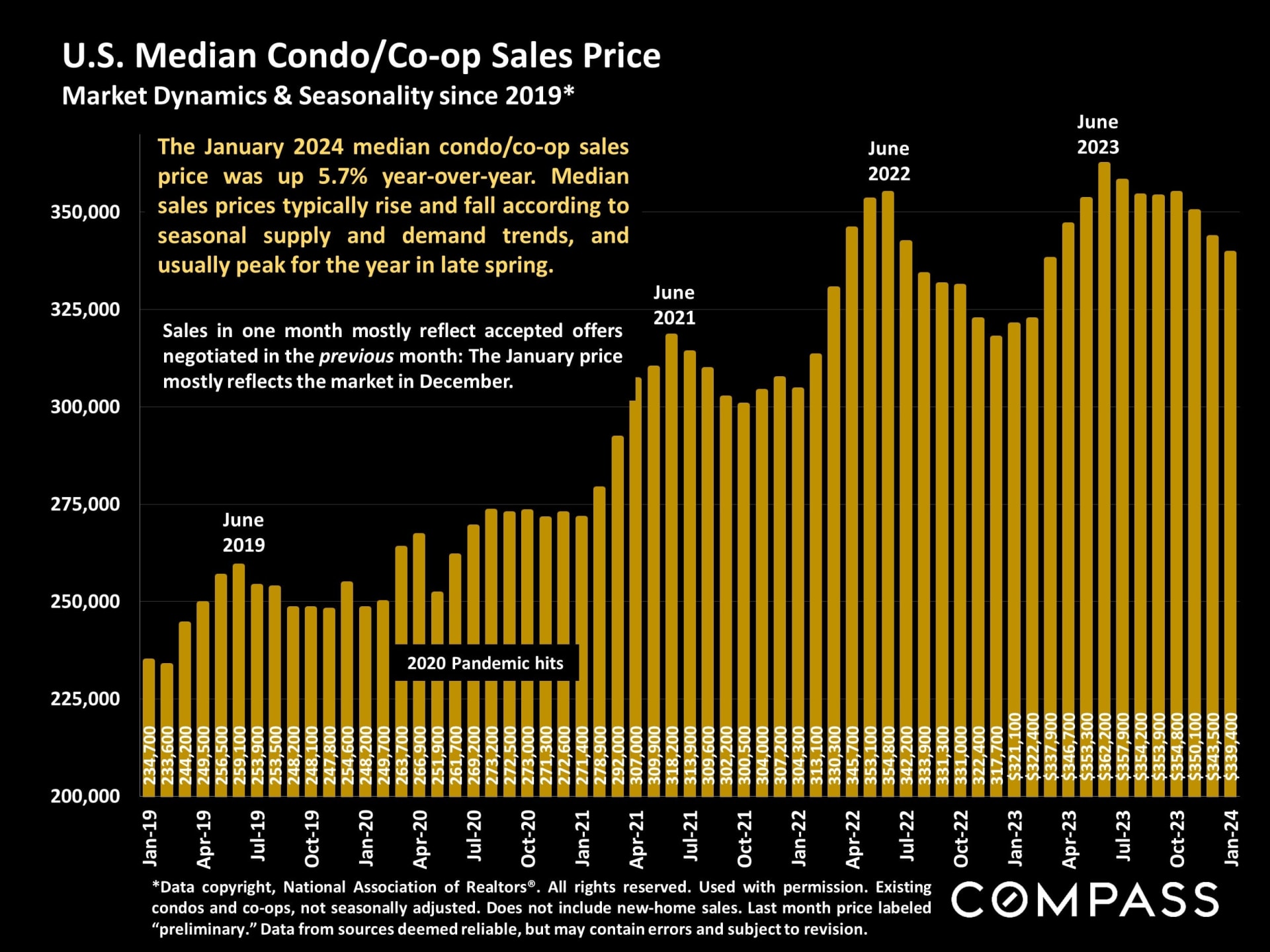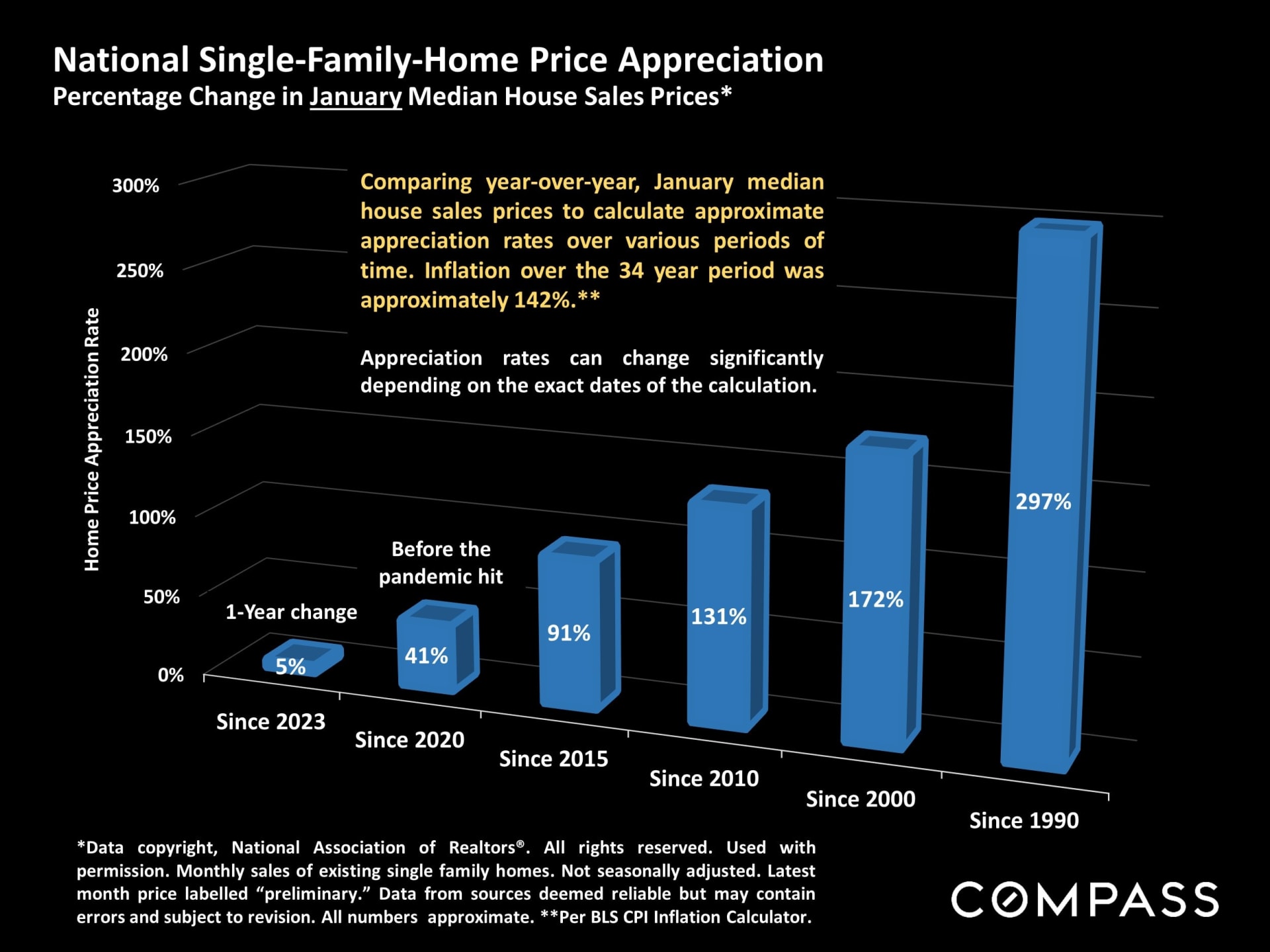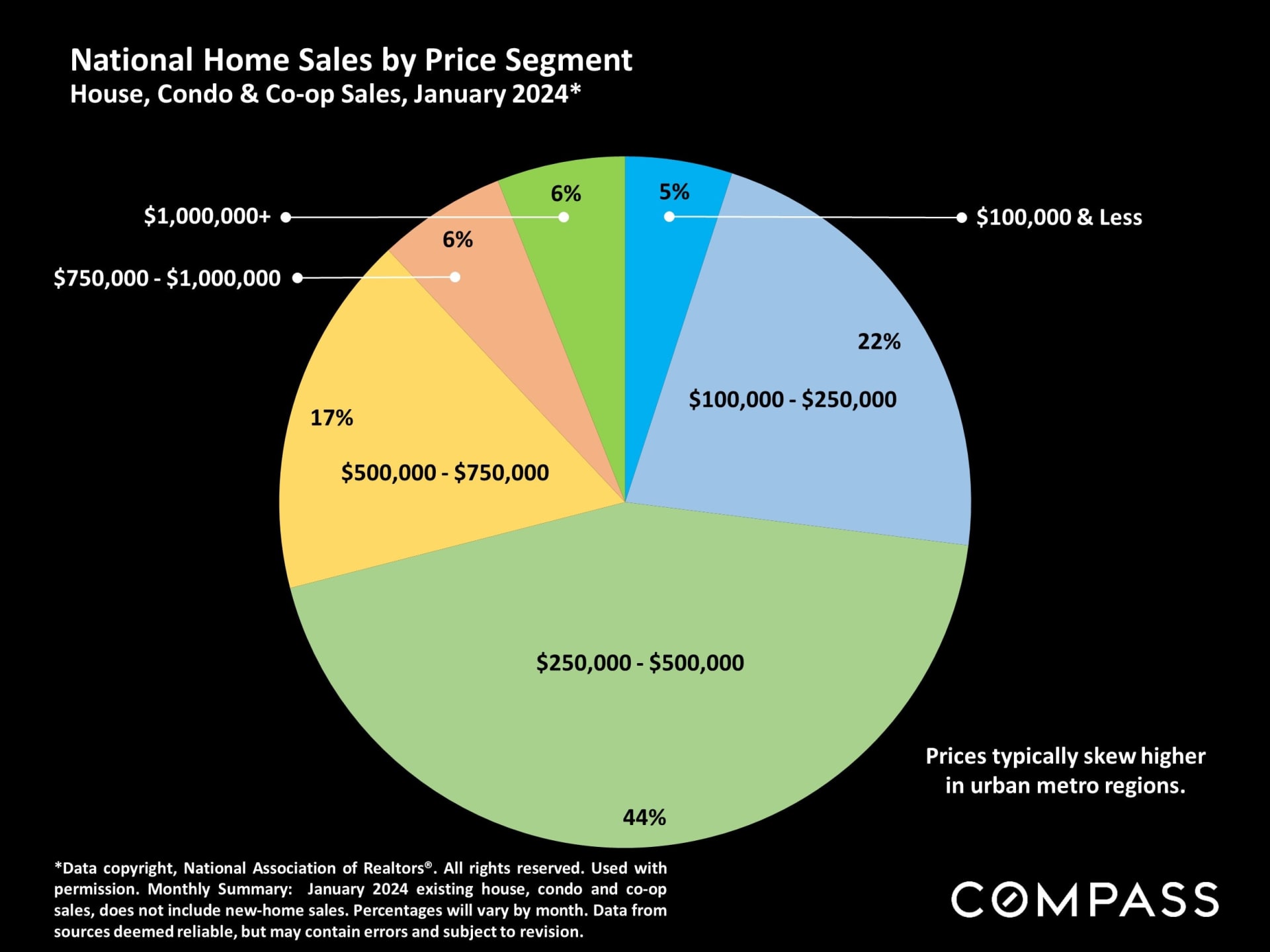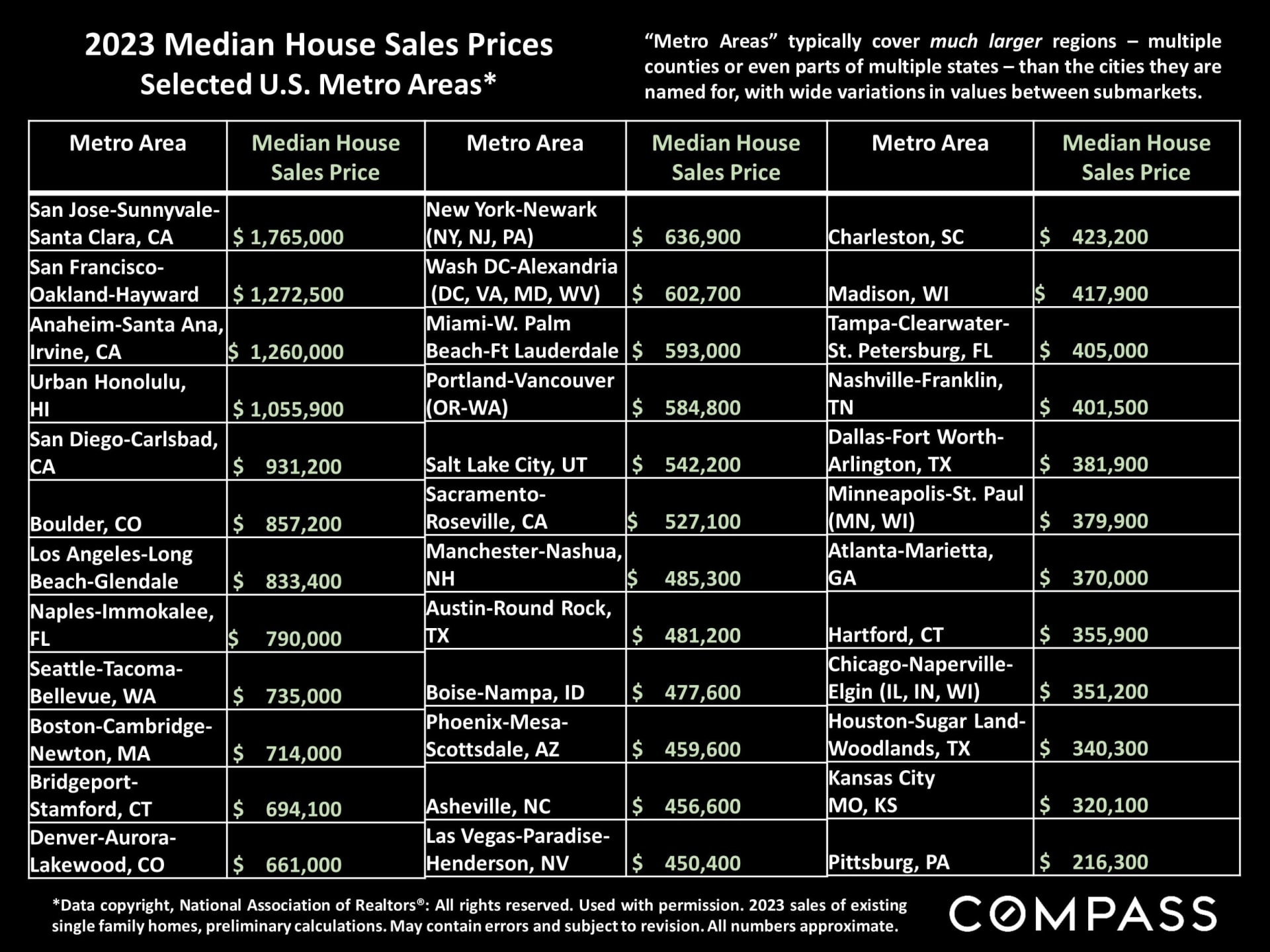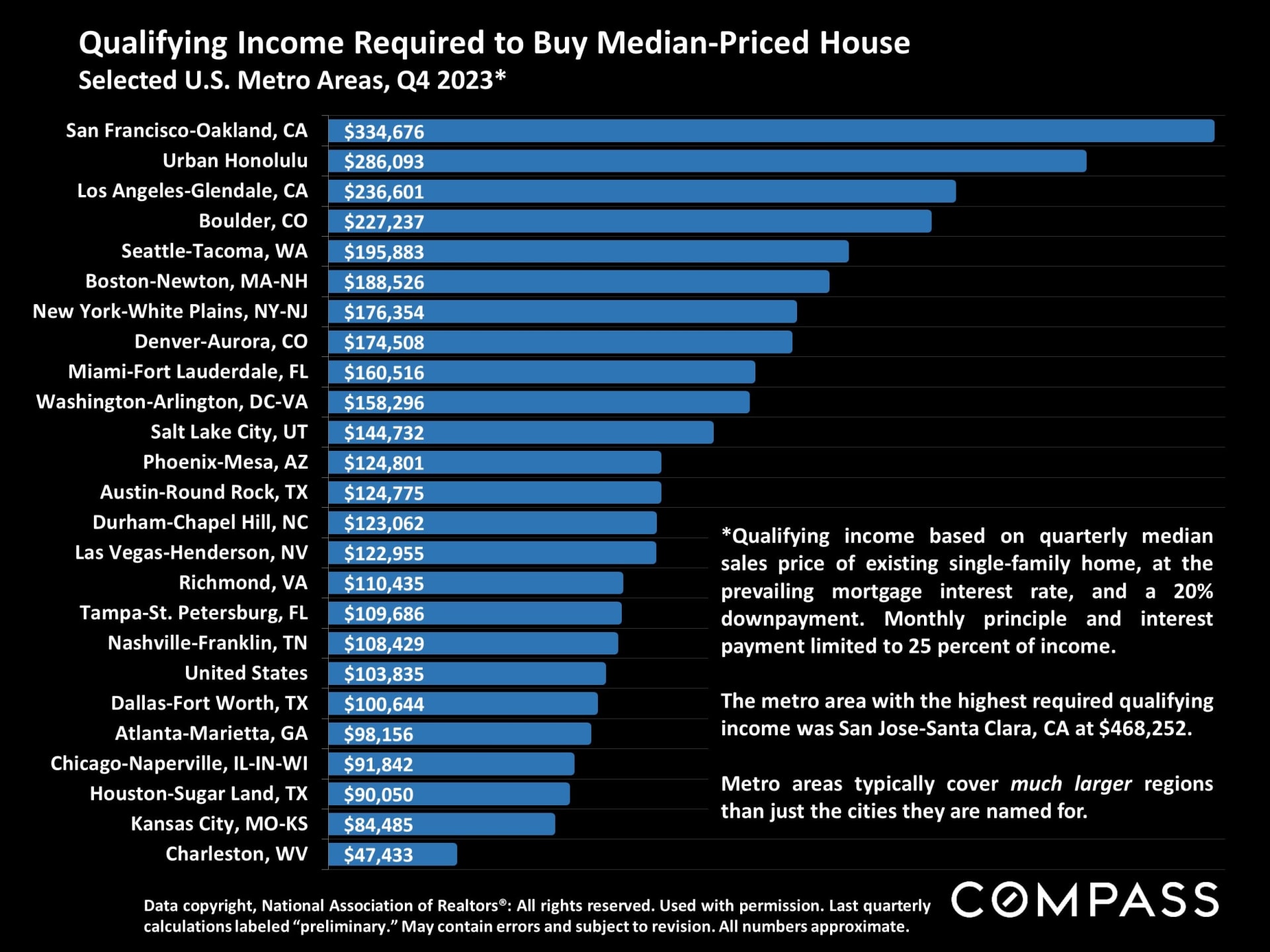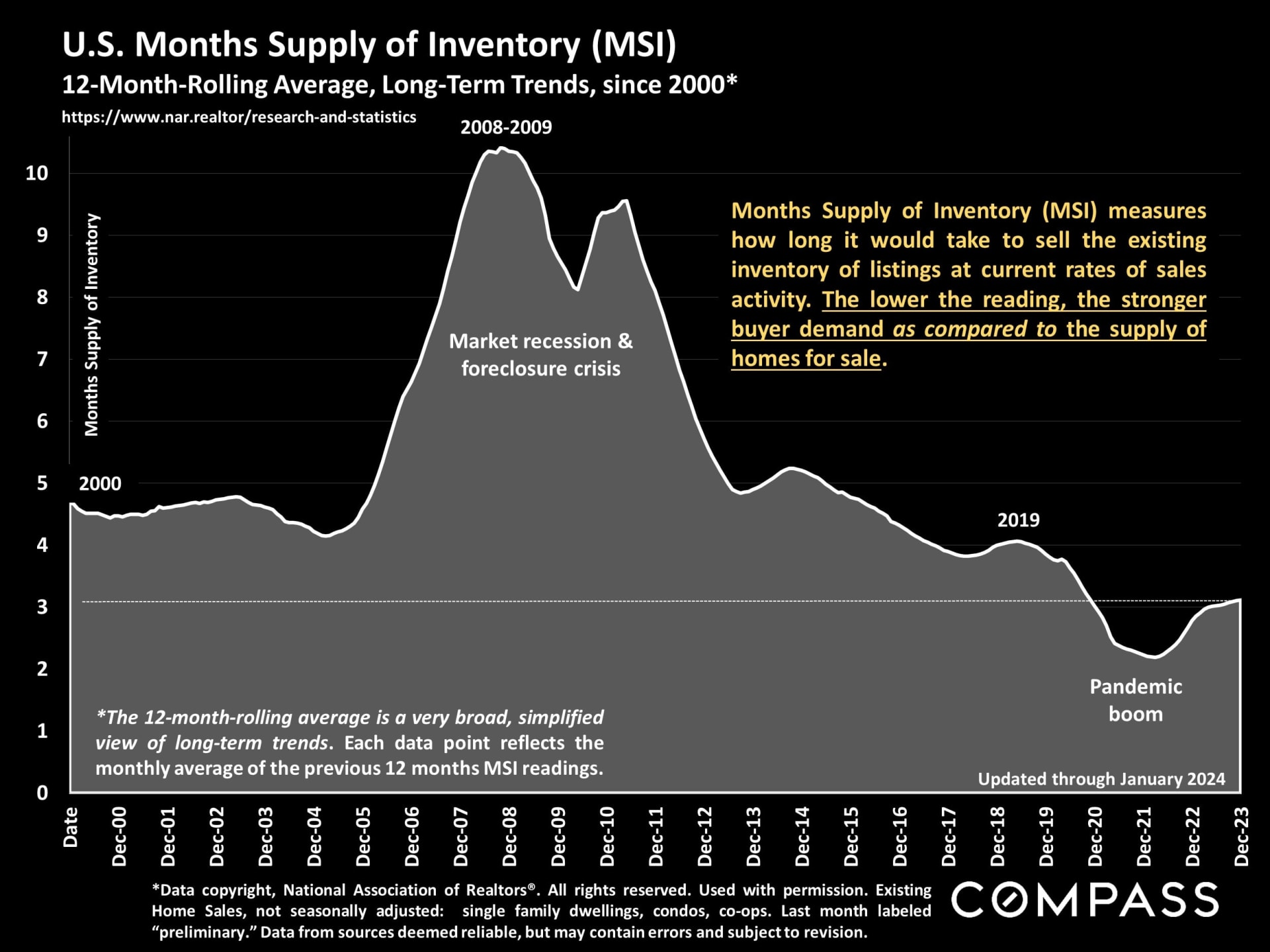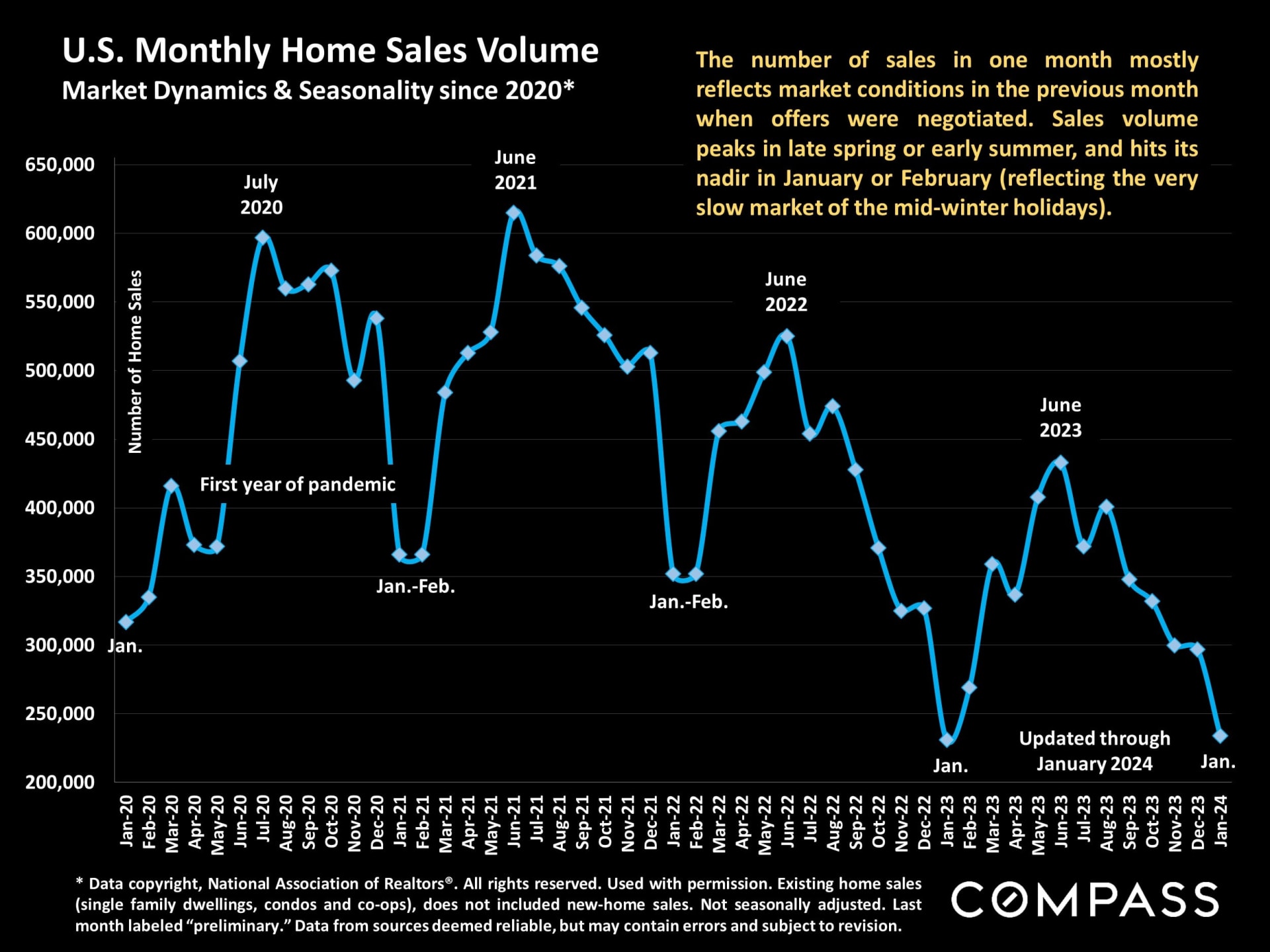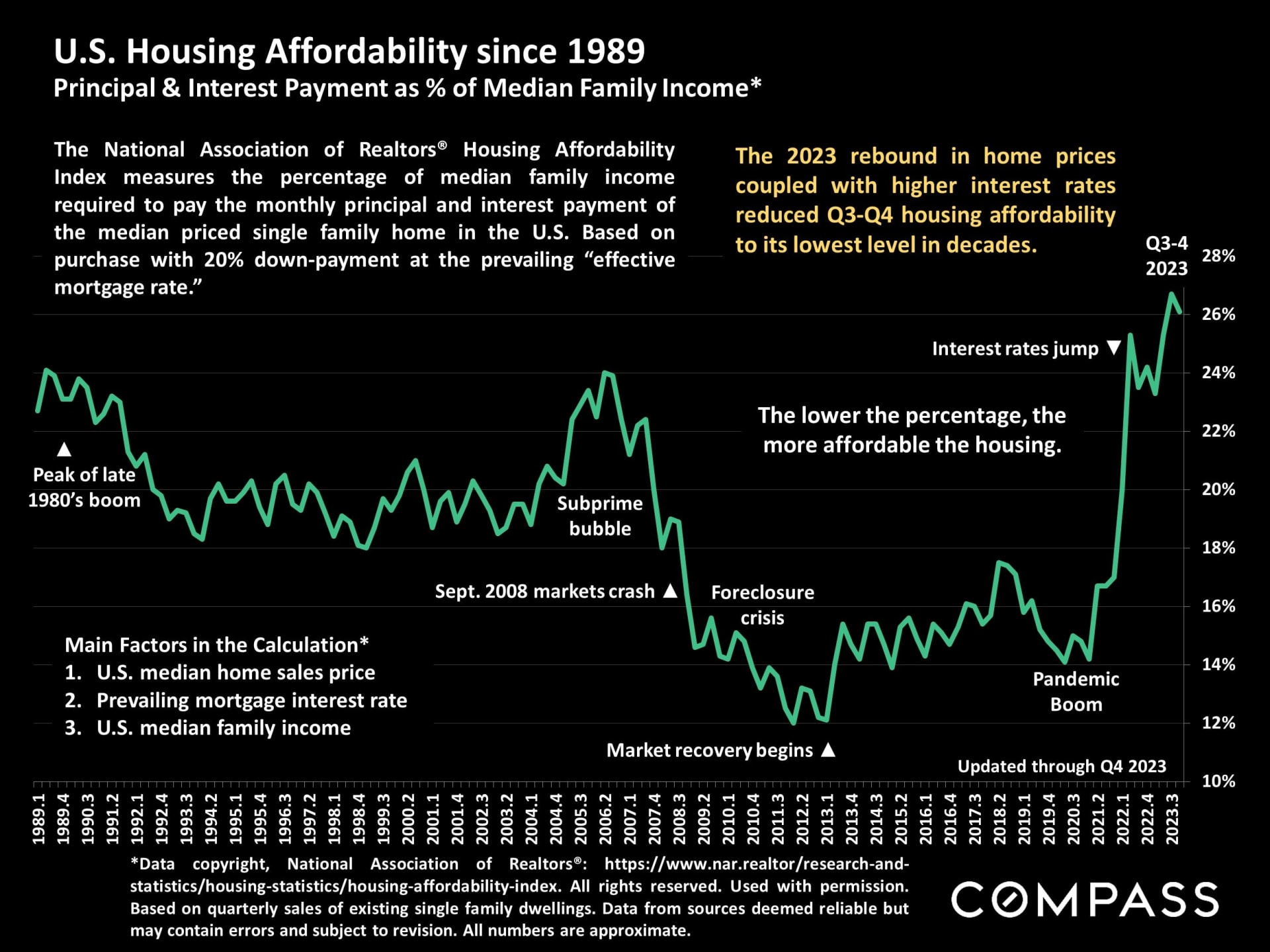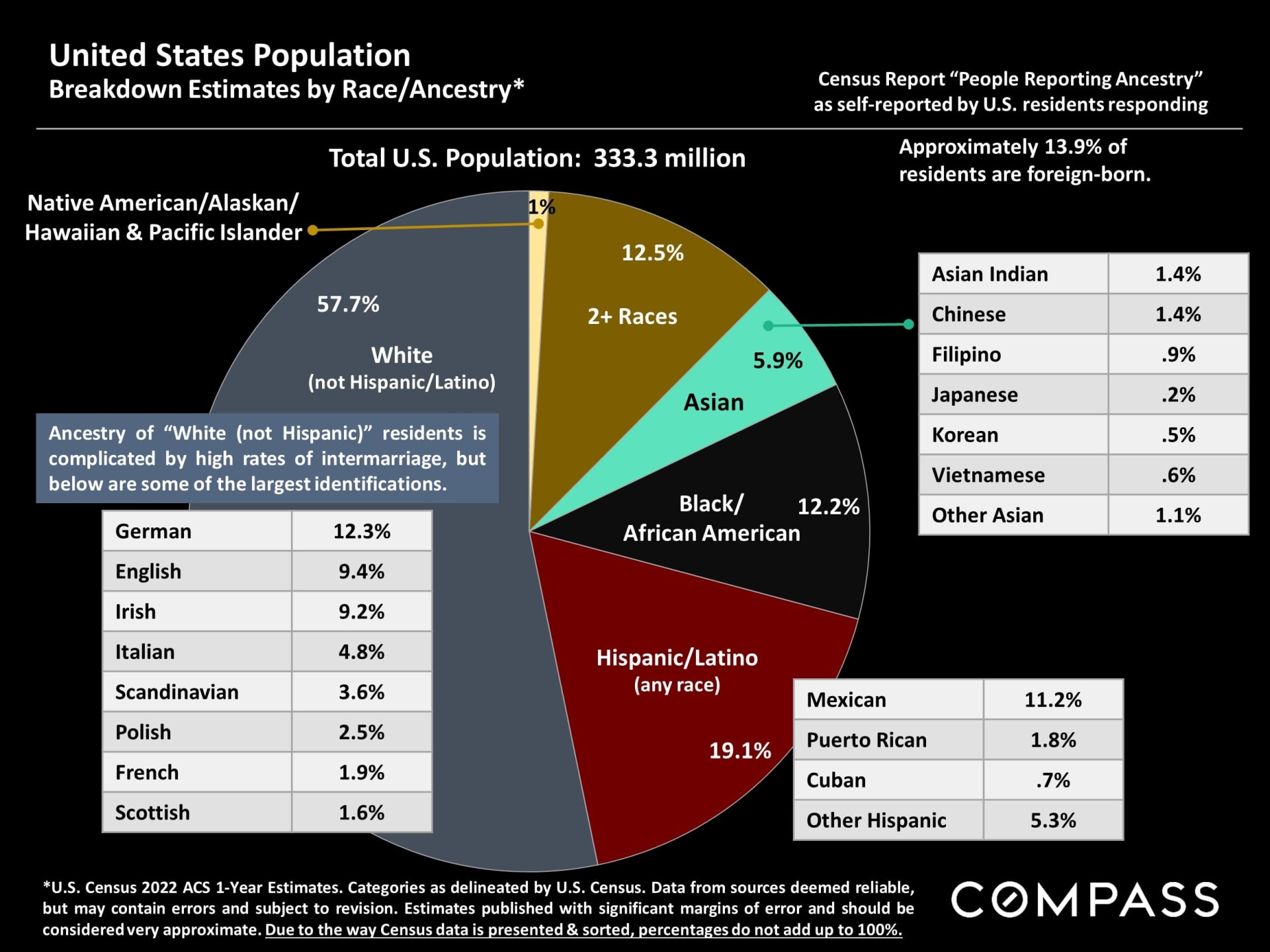By providing
Umang Sanchorawala
your contact information, you acknowledge and agree to our
Privacy Policy
and consent to receiving marketing
communications, including through
automated calls, texts, and emails, some of which may use artificial or
prerecorded voices. This consent isn't necessary for purchasing any
products or services and you may opt out at any time. To opt out from
texts, you can reply, 'stop' at any time. To opt out from emails, you
can click on the unsubscribe link in the emails. Message and data rates
may apply....


